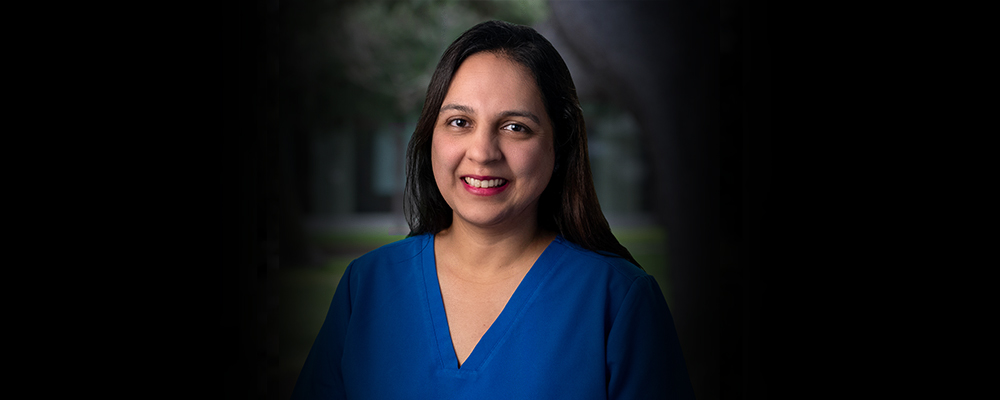Diabetic ketoacidosis is the most common acute hyperglycemic emergency among people with diabetes and is associated with significant morbidity and health care cost, and it can be life threatening if not treated promptly. Under traditional treatment protocols, patients are admitted to the intensive care unit (ICU) for intravenous insulin infusions and hourly glucose monitoring.
Dr. Rao led a multidisciplinary team that piloted a subcutaneous insulin treatment protocol for diabetic ketoacidosis at KP hospitals in San Jose, initially in one of the telemetry units. Based on the inclusion and exclusion criteria, patients received long- and short-acting insulin delivered subcutaneously, with treatment starting in the emergency department and patients being admitted to the telemetry unit or clinical decision areas rather than the ICU.
Partnering with investigators at the KP Division of Research, Dr. Rao published results in JAMA Network Open which demonstrated a 57% reduction in ICU admissions at KP San Jose compared with hospitals not using the subcutaneous diabetic ketoacidosis protocol, without evidence of increased adverse outcomes compared with the traditional management of intravenous insulin infusion.
“We have done a lot of chart reviews and real-time monitoring to ensure that this protocol is safe for our patients,” Dr. Rao says. “It’s extremely satisfying to see them benefiting from this paradigm shift in care delivery for diabetic ketoacidosis.”
After demonstrating the protocol’s safety and effectiveness, Dr. Rao spearheaded efforts to facilitate its adoption across the region. As a result, the subcutaneous insulin protocol for diabetic ketoacidosis was deployed throughout all KP Northern California hospitals in April 2021, with the added benefit of easing the burden on ICUs during COVID-19 surges.
Dr. Rao says. “The most significant credit goes to the exceptional teamwork and the willingness to change from all 21 medical centers, keeping the focus on our patients,”
“Dr. Rao did not start this journey as a researcher or performance improvement expert,” says Vivian Reyes, MD, The Permanente Medical Group’s regional medical director for strategic hospital initiatives. “However, by executing her vision and persevering, she learned to be both and successfully achieved a goal many would have thought impossible.”
